Childhood 1912-1930
A village childhood Li Qun’s roots trace back to a quaint mountain village, an enclave characterised by a mere six
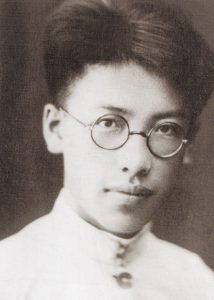
A Village Childhood
Li Qun’s roots trace back to a quaint mountain village, an enclave characterised by a mere six courtyards and ten households in its nascent years. This hamlet, situated in Lingshi County, Shanxi Province earned its identity as “Hao Jia Zhang Village”. Positioned to the east of Fen River, west of Huoshan Mountain, and south of Hanxinling, (700km south west of Beijing), it abutted the rural expanse of Huozhou City. The village’s nomenclature “Hao Jia Zhang Cun” subtly reflects its diminutive size, illustrating the linguistic adeptness of local forebears in encapsulating objects with concise Chinese characters. The narrative posited in this account suggests that the primary progeny, Li Qun, hailed from Hao Jia Zhang Village.
Li Qun’s family name, Hao, aligns seamlessly with the appellation of his birthplace. Originally named by his parents “Hao Lichun” (郝丽春), he opted to adopt the name Li Qun for two principal reasons. Firstly, following his early entanglement in left-wing art activities and subsequent arrest, the appellation “Hao Lichun” became permanently etched in the records of the Kuomintang (nationalists) prison, rendering it unusable. Furthermore, he had concerns regarding the perceived femininity linked with the name “Hao Lichun”, which translates to “Beautiful Spring” in Chinese. Therefore, upon regaining freedom and influenced by the demands of the ever-changing social environment, he adopted the name Li Qun. “Li” conveys the concepts of power or strength, while “Qun” signifies people, reflecting his commitment to serving the populace and a demonstration of faith in collective wisdom.
Li Qun entered the world on December 25, 1912 (the 17th day of the 11th month in the lunar calendar), coinciding with the inaugural year of the Republic of China. Li Qun’s formative years were imbued with the prevailing ethos of “revolution”. Yet, from his early years, his predilection for painting had already taken root, nurtured by his second grandfather, a peasant painter. The family abode adorned with plum, orchid, chrysanthemum, and bamboo paintings attested to this artistic heritage. Moreover, the nearby ancient temple, adjacent to the Enlightenment Primary School, featured paintings such as “Phoenix Playing with Peonies” crafted by Li Qun’s second grandfather. The indelible influence of these surroundings with his exposure to renowned works like “Mustard Seed Garden Painting Manual” fuelled Li Qun’s growing fascination with the artistic domain. This affinity persisted through his academic journey, from the junior primary school in his village to Daomei Village Primary School, ultimately leading him to Taiyuan Chengcheng Middle School. His subsequent enrolment in the National Hangzhou Art College (China Academy of Art) was a natural progression, rooted in a lifelong inclination toward artistic pursuits. While the term “revolution” initially resonated faintly in his youth, it progressively permeated the depths of his ideology, colouring his subsequent trajectory and life experiences in nuanced and profound ways.

Li Qun’s birthplace, Hao Jia Zhang Village in Lingshi County, Shanxi, China, witnessed his arrival on December 25, 1912. Despite its modest size, with only 20 households and a population of approximately 50, this small mountain village retained historical significance. A noteworthy proportion of its inhabitants ascended to positions of prominence within the governmental hierarchy. Among them, five individuals attained the rank of state cadres beyond the district division level, six individuals achieved positions at the county and regimental level, and five individuals reached the departmental level.
Even in the post-1949 era, when the village experienced prosperity, its modest population and intimate community persisted. The surrounding landscape, adorned with place names such as “Longshan” (Dragon Mountain), “Hushan” (Tiger Mountain) and “Yuanbaogeda” (Chinese Treasure) contributed to the local perception of Hao Jia Zhang as an auspicious geomantic treasure. Particularly in the 1930s, the villagers took pride in the accidental discovery of an 8-meter-long dragon body and keel during the construction of a kiln and a monastery, reinforcing their belief in residing within a revered “dragon vein” a Chinese Qi concept in Feng Shui refering to channels of energy flowing through mountain ranges.
Regrettably, despite its rich history, the village has been dismantled to accommodate mining activities, emblematic of China’s economic progress. This poignant transformation serves as a bittersweet reminder of the evolving landscape and socioeconomic shifts the country has undergone over the years.
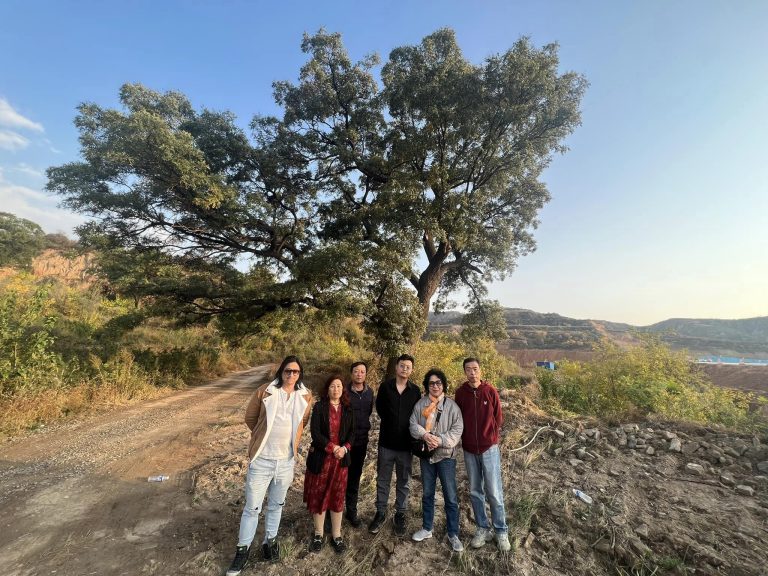
The venerable locust tree, standing prominently in front of Li Qun’s ancestral residence, looms large in his childhood recollections as a symbol of strength and resilience. In a notable event post-1937, during the incursion of the Japanese invading army into the village, attempts were made to fell the tree for repurposing as a sleeper at the Nanguan Railway Station, situated over 30 miles away. Li Qun’s sister-in-law, caught during the Japanese invasion and lacking the opportunity to flee, valiantly risked her life to safeguard the tree. Fortunately, the tree endured, steadfast with deep roots and luxuriant leaves, bearing witness to the unfolding pages of history alongside the adjacent stone mill.

Constructed during the early Qing Dynasty, the former residence bears the marks of time on its courtyard walls, now weathered and pitted (1998), revealing the rich tapestry of life’s vicissitudes. Despite the erosion, the front door stood resolute, adorned with the inscription “Seeing one’s footwork to test one’s auspiciousness” 视履考祥 a Chinese idiom that translates to “observe propriety, consider good fortune”. It conveys the idea of paying attention to one’s behaviour or actions and considering their implications on one’s future prospects or fortune.
Situated serenely between the front and backyard, the second door of the former residence is surrounded by overgrown vegetation. The weathered facade features the three characters “Yong Huai Tu” 永怀图 (Eternal Aspiration) while the brick plaque proudly displays the distinct clarity of the two characters “Ning Rui” 凝瑞 (Gathering Auspiciousness).
His mother, Ren Shuang Zhi carrying him in her womb during tumultuous times navigated through skirmishes between the Qing Army and Revolutionary Army to leave the village. The year 1911 marked the collapse of the Qing Dynasty, and the Revolutionary Army and the Qing Army found themselves on opposing sides of the mountain near by during this historic period. Surviving a perilous escape, Li Qun emerged into the world as a testament to the family’s resilience.
(1998) The diminutive structure situated in the foreground of the antiquated courtyard, measuring a mere 10 square meters, had succumbed to the environment overtime. However, during Li Qun’s return to his hometown in the latter part of the “Cultural Revolution” he found temporary residence within this modest dwelling. Alongside his wife, Liu Pingdu, a native of Jiangnan.
Adorning the inner screen door of the secondary entrance in the old courtyard is a plaque bearing the inscription “Serenity far-reaching” positioned opposite the main kiln. This visual hallmark, encountered daily, serves to nurture the character of the dwelling’s occupant.

Captured in this 1920 photograph, Li Qun’s father, Hao Changxu, embodies a moment frozen in time, reflecting the early years of his remarkable journey. Li Qun’s father, Hao Changxu (known by the alias Ji Tang), served as a salt merchant during the late Qing Dynasty and the early Republic of China. Operating in various locations such as Gaotang and Tengxian in Shandong, he exhibited diligence and thrift throughout his career. Progressing from an apprentice to a manager, Hao Changxu established his reputation through hard work and integrity, driven by the aspiration to uplift his family from poverty. However, his efforts were unexpectedly met with the stigmatising designation of a “class enemy” during the land reform of the late 1940s. Despite having assumed the role of a landlord in 1937, the repercussions of this label brought considerable challenges and hardships to his family members and subsequent generations. These challenges, whether subtle or overt, lingered in daily life and work, particularly in the context of previous political movements.

Li Qun’s mother, Ren Shuang Zhi, faced arduous circumstances while raising two boys and three girls. Except for the eldest daughter, all her children were sent to revolutionary camps, subjecting her to various hardships inflicted by soldiers, bandits, and the Japanese invading army. Enduring years of displacement, Ren Shuang Zhi, upon returning to the village, dedicated herself to household responsibilities and supporting her family. Stoically weathering the embarrassment of numerous vicissitudes, she carried the burden silently. After 1949, she lived with Li Qun for only a brief period in Taiyuan and approximately a year in Beijing before passing away in May 1955.
The 1920 portrait of Li Qun’s parents encapsulates a poignant moment in time, with his second daughter, Li Ying, cradled in his mother’s arms. This snapshot offers a glimpse into the family’s early life, marked by resilience and fortitude.

In Hao Jia Zhang Village, an ancient temple stands as a poignant symbol of Li Qun’s early education, marking the initial steps of his scholastic journey. During his return to the village on August 5, 1998, Li Qun revisited this significant site, only to find it in a state of disrepair, reduced to crumbling walls amidst overgrown weeds and thorns.
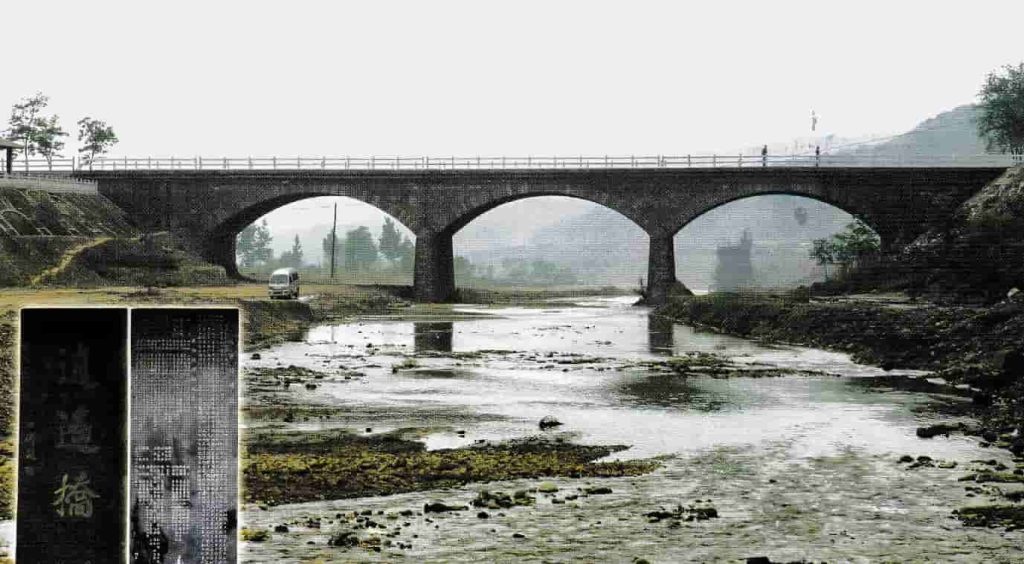
During his childhood, Li Qun frequently traversed the mountainous trails between Hao Jia Zhang village and Ren Yi village, navigating river crossings. These journeys, often impeded by makeshift bridges that succumbed to floods, became a part of his youthful experiences. The completion of the Xiaoyao Bridge near Xiaoyao Village in 1993 marked a transformative moment, providing a more reliable crossing. In 2006, alongside the completion of the bridge, a stele pavilion was erected, bearing the inscription.
In 1923, Li Qun commenced his education at County No. 3 Senior Primary School in Daomei Village, Lingshi County. At that time, Daomei High School was housed within a Jade Emperor Temple. The “Daomei School” gate stands adjacent to street shops, with the school compound featuring a blend of modern structures and open squares. Notably, only vestiges of the temple’s past were discernible in front of the main hall, marked by an earth platform now adorned with overgrown weeds and flowers. Initially transitioning from a primary school to a middle school after the establishment of the People’s Republic of China, it has since reverted to its primary school designation.

Daomei Tongji Bridge, first constructed during the Yongzheng period of the Qing Dynasty, held distinction as one of the only four Fen River bridges in Lingshi during the Republic of China. During Li Qun’s tenure as a senior primary school student in Daomei Village, he traversed the bridge at least once or twice a week. Moreover, in his spare time, he undertook the task of learning to swim in the turbulent Fenshui waters beneath the bridge. The current state of Daomei Bridge is a glimpse into its contemporary form.
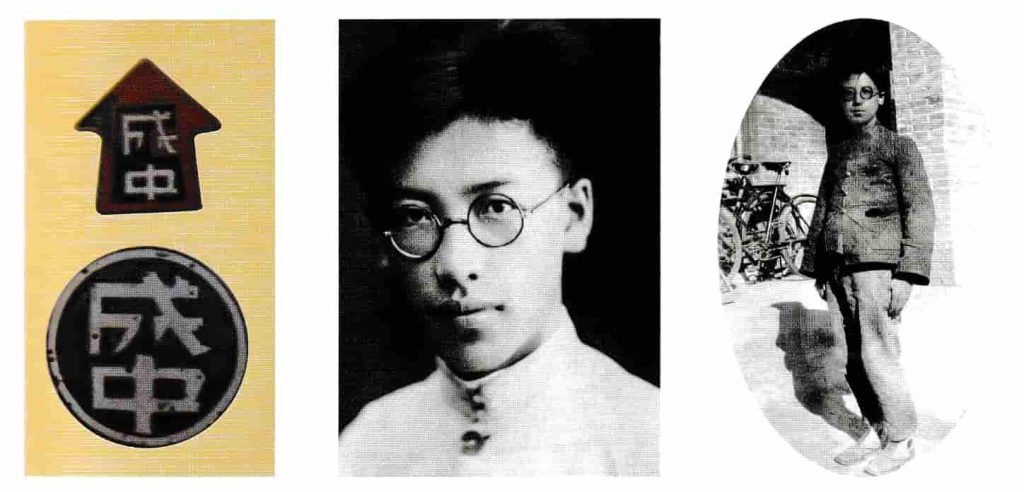
The journey into Li Qun’s educational history brings us to his enrolment at Taiyuan’s Chengcheng High School in 1927, a significant juncture in his life at the age of 15. Captured in a photograph from that pivotal year in 1927, Li Qun stood at the threshold of adolescence, donning the original school badge and cap badge of Chengcheng Middle School.
On October 8, 1929, another moment was etched into the annals of Li Qun’s schooling, as he posed in front of the dormitory at Chengcheng High School in Taiyuan. A visual journey through time awaits with the exterior and teaching building of Chengcheng High School.

The roots of Chengcheng High School delve into the significance of maturity, with “Chengcheng” translating to “having become an adult”. The school’s guiding philosophy, encapsulated in the motto “Being enlightened with virtue and understanding, becoming an adult” reflects the aspirations fostered within its halls.
Originally located at No. 8, Balingqiao South Street, Taiyuan, Chengcheng Middle School underwent a transformative period during the early days of the Anti-Japanese War. The site became the official headquarters of the “National Revolutionary Army Eighth Route Army Taiyuan Office” led by Peng Xuefeng. Unfortunately, the school site succumbed to demolition during the Japanese occupation.
Among Li Qun’s cherished memories of Chengcheng Middle School, his fervent pursuit of sketching and watercolour painting under the guidance of art teacher Zhao Zuanzhi holds a special place. This artistic initiation would go on to lay the foundation for Li Qun’s future path in the realm of art.
Li Qun’s association with Chengcheng Middle School is emblematic of a nurturing experience that left an indelible mark on his life. Throughout the years, his footsteps and heartfelt imprints have illuminated a splendid journey shaped by the invaluable influence of Chengcheng Middle School.
A village childhood Li Qun’s roots trace back to a quaint mountain village, an enclave characterised by a mere six
A fervent and spirited young man, deeply moved by the news of the “September 18th” incident, found himself compelled to
Following the Marco Polo Bridge Incident on July 7th, a significant event unfolded in Shanghai known as the “August 13th”
In Li Qun’s contemplation, Yan’an had long been the revered sanctuary he ardently sought. Communist Party members and numerous progressives
In August 1945, following the Japanese surrender, Liqun bid farewell to Yan’an, where he had dedicated six years of work
Following the inaugural national literary congress, Li Qun adhered to Comrade Zhou Yang’s directives and returned to Shanxi to collaboratively
During the tumultuous period of the “Cultural Revolution,” Li Qun, like many writers and artists, faced severe hardships and endured
With the demise of the “Gang of Four,” a wave of joy swept across China. Li Qun, like countless others,
Determining precisely when Li Qun entered old age proves challenging, given the considerable gap between his vitality and chronological age.
In memory of Li Qun (1912-2012)
Our mission is to safeguard and champion Li Qun’s artistic legacy and literature for the benefit of future generations. This digital memorial stands as a tribute to Li Qun’s lifetime of artistic brilliance.
Our pledge is to meticulously document and categorise every piece of art created by Li Qun, creating a comprehensive resource for enthusiasts and scholars alike. Furthermore, we are committed to preserving his gallery, the Li Qun Art Gallery, and promoting Lingshi county, Taiyuan city and Shanxi province.
Delve into our extensive online catalogue, uncover the curated locations of Li Qun’s art, or visit the Li Qun Art Gallery located in the culturally rich Wang Jia Da Yuan. Set against the backdrop of the heritage-listed Wang’s Family Compound, a Qing Dynasty mansion, the gallery seamlessly blends art and tradition.
Explore the profound impact of Li Qun’s artistic journey, through both the visual realm and the literary dimensions of his work.
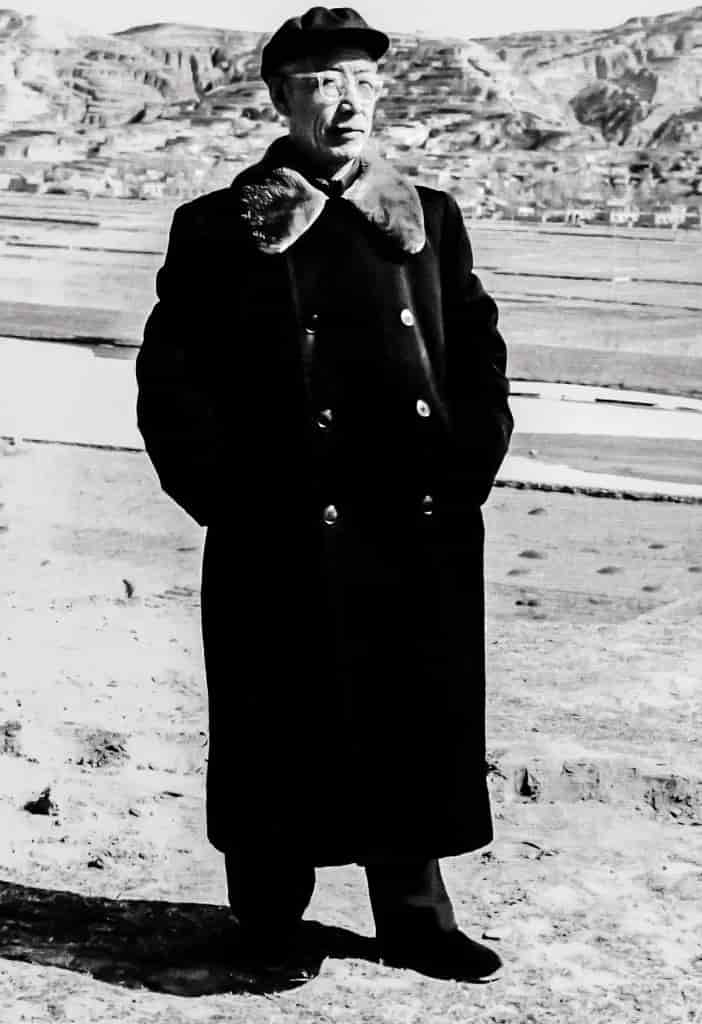
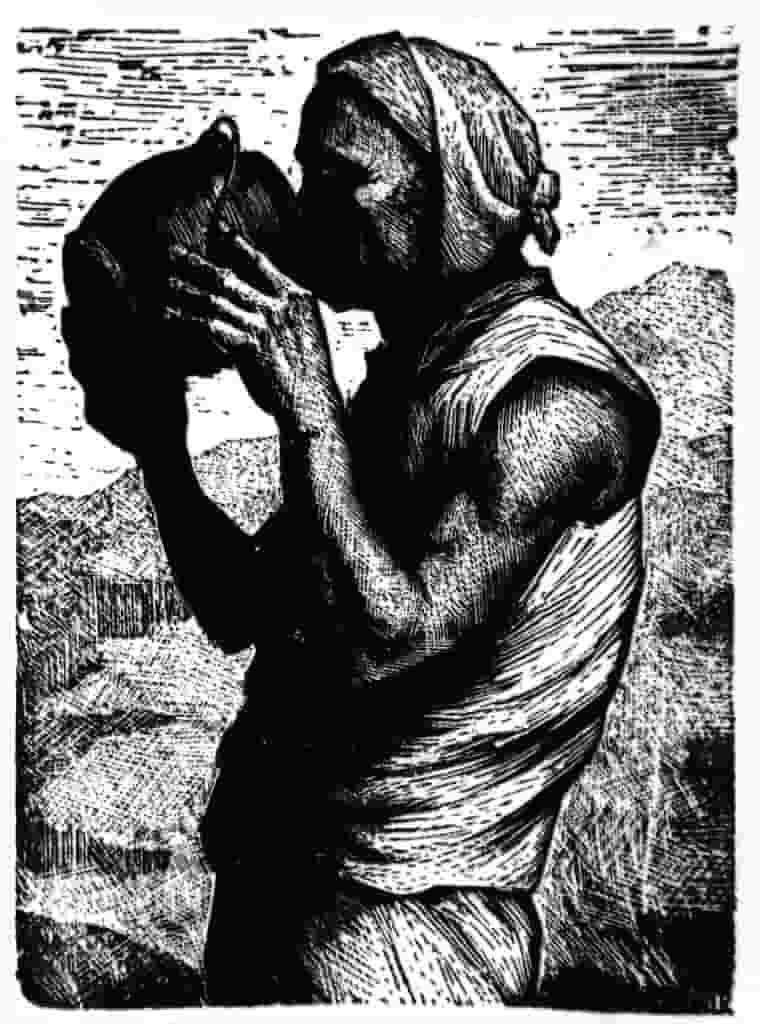

A village childhood Li Qun’s roots trace back to a quaint mountain village, an enclave characterised by a mere six courtyards and ten households in its nascent years. This hamlet, situated in Lingshi County, Shanxi Province, earned its identity as Hao Jia Zhang. Positioned to the east of Fenhe River,
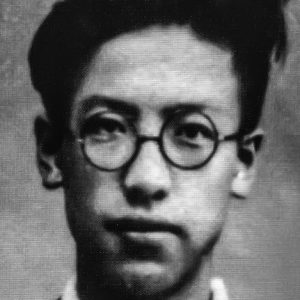
A fervent and spirited young man, deeply moved by the news of the “September 18th” incident, found himself compelled to resist the aggressive incursions of Japanese imperialism on Chinese soil. Unwilling to acquiesce to a policy of non-resistance before aggressors or to tolerate any actions undermining national prestige, the young
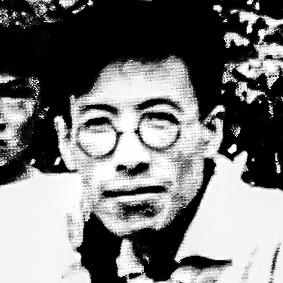
Following the Marco Polo Bridge Incident on July 7th, a significant event unfolded in Shanghai known as the “August 13th” Anti-Japanese War. It marked a critical juncture for the Chinese nation, prompting a collective response from those unwilling to endure subjugation. The call to action resonated with the spirit of
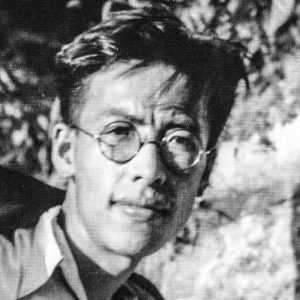
In Li Qun’s contemplation, Yan’an had long been the revered sanctuary he ardently sought. Communist Party members and numerous progressives within the “Wuhan Third Office” had already developed a certain level of “Yan’an Fever”. Although Li Qun was not yet a Communist Party member at that time, Guang Weiran had

In August 1945, following the Japanese surrender, Liqun bid farewell to Yan’an, where he had dedicated six years of work and life. He arrived in Xingxian County, Shanxi Province, which served as the political and cultural hub of the Shanxi-Suiyuan Border Region. There, he assumed the role of chief editor
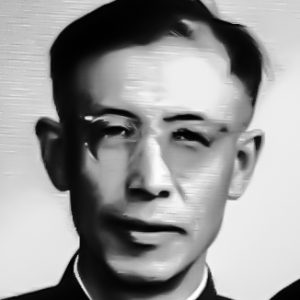
Following the inaugural national literary congress, Li Qun adhered to Comrade Zhou Yang’s directives and returned to Shanxi to collaboratively establish the Shanxi Federation of Literary and Art Circles with Comrade Gao Muhong. In December 1949, the first literary congress of Shanxi Province was successfully convened, electing Gao Muhong as
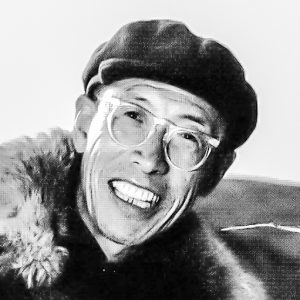
During the tumultuous period of the “Cultural Revolution,” Li Qun, like many writers and artists, faced severe hardships and endured humiliation. Initially transferred back to Shanxi in early 1966, the upheaval of the “Cultural Revolution” saw him forcefully returned to Beijing, labeled as part of the “gangster” team of “reactionary
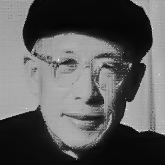
With the demise of the “Gang of Four,” a wave of joy swept across China. Li Qun, like countless others, found himself advancing into a new chapter in the aftermath of the storm, standing beside the “sinking boat” and the “ailing tree” during a time of tremendous possibilities.
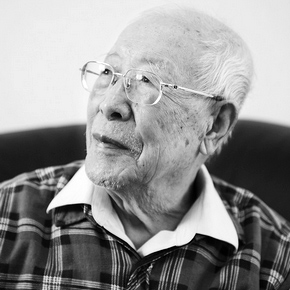
Determining precisely when Li Qun entered old age proves challenging, given the considerable gap between his vitality and chronological age. As mentioned earlier, even in his 70s during the reform and opening up era, he exhibited a spirit that belied his years. Approaching 80, on the cusp of the new
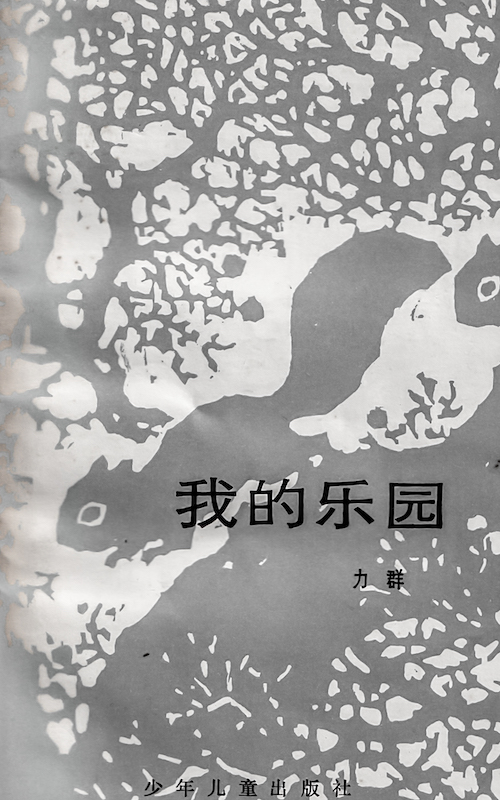
The pure and lively sensibilities of children, influenced by nature, the memorable and relatable people encountered during youth, and the longing of young minds for life and his emotional reflections. These themes permeate the work of the acclaimed woodcuts artist Li Qun. In this book, Li Qun skilfully intertwines literature
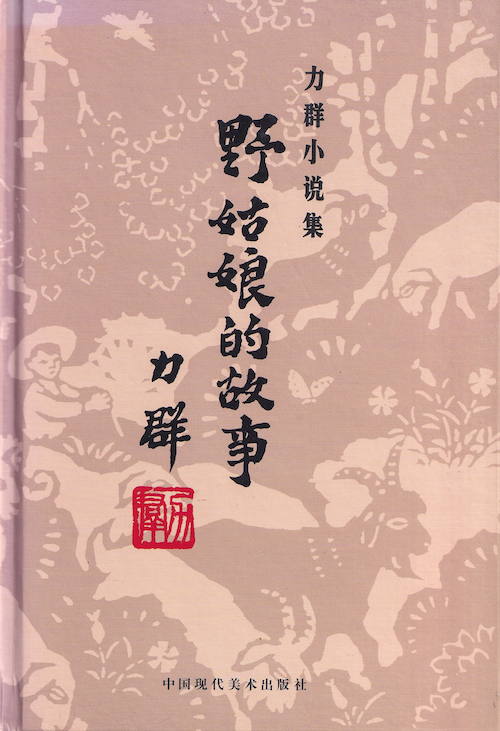
In the remote mountain village of Shanxi Province, Guilian grows up without her mother’s love, facing her father’s bitterness and the superstitions that label her unlucky. Despite harsh circumstances, she finds solace in nature and solitude. As she matures, Guilian’s resilience becomes her strength, defying her father’s attempts to sell
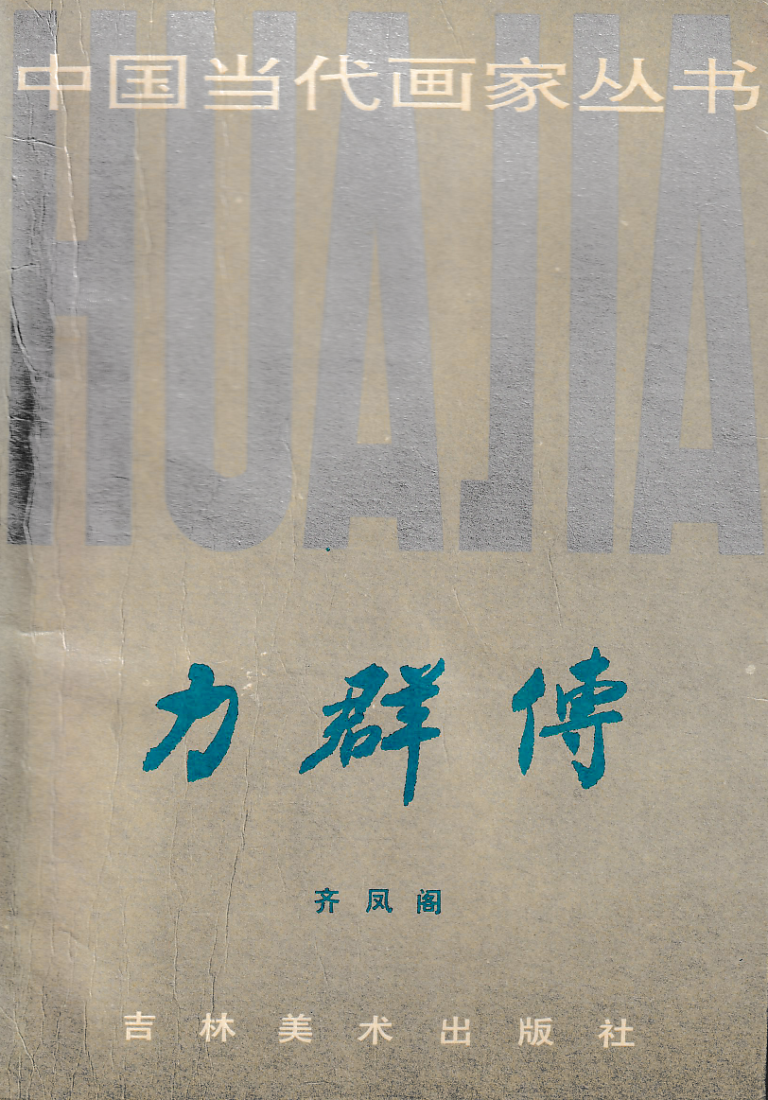
Li Qun the renowned woodcuts artist from Shanxi has weathered numerous challenges and remained committed to self-improvement, guided by unwavering beliefs and relentless determination. His journey from rural origins to urban landscapes, from the city to Yan’an, reflects his resilience and perseverance amidst life’s trials. This book not only chronicles

An autobiography penned by the renowned Chinese woodcuts artist Li Qun. Through a blend of documentary techniques, Li Qun vividly recounts the twists and turns of his career, tracing his creative journey and artistic evolution over the past century. This captivating autobiography immerses readers in the rich tapestry of historical
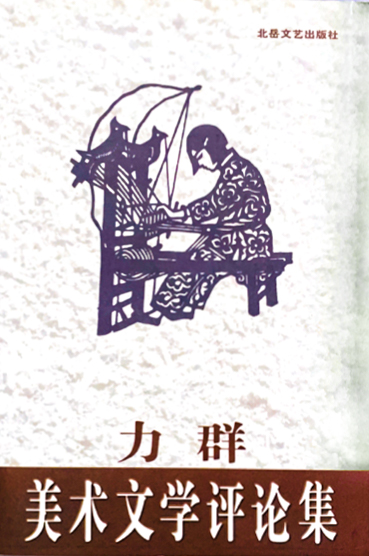
Li Qun renowned woodcuts artist who has been engaged in artistic creation for nearly 60 years. He persists in both printmaking and literary creation, and is also involved in Chinese painting. Additionally, he is a well-known art critic. His prints are characterised by their simplicity, clarity, and lyrical colours, reflecting
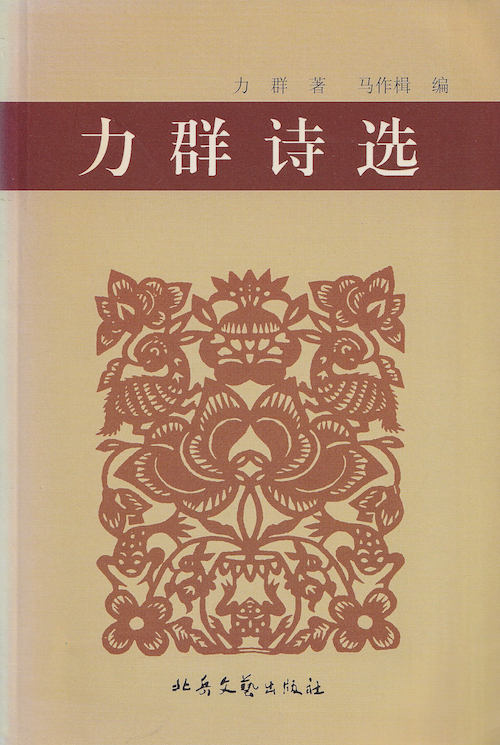
“Selected Poems of Li Qun,” compiled by the artist himself, finding its verses rich in sincerity, vivid imagery, and melodious rhythms. Divided into three volumes with a total of 88 poems, the collection showcases Li Qun’s deep emotions, artistic vision, and linguistic precision. Each poem resonates deeply, ranging from tranquil
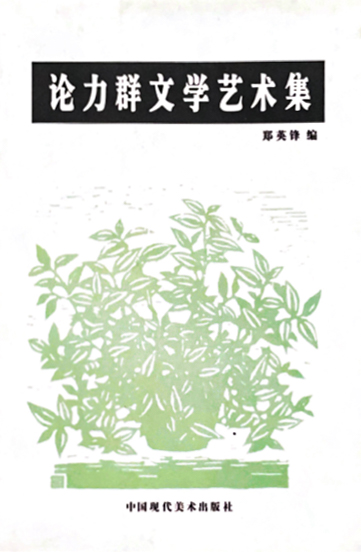
Li Qun, born on December 25, 1912, in Haogia Village, Shanxi Province, has been involved in art for nearly 60 years. He grew up in a rural environment, which greatly influenced his woodcut creations and writings. Li Qun studied at the National Hangzhou Art Specialized School and later joined the
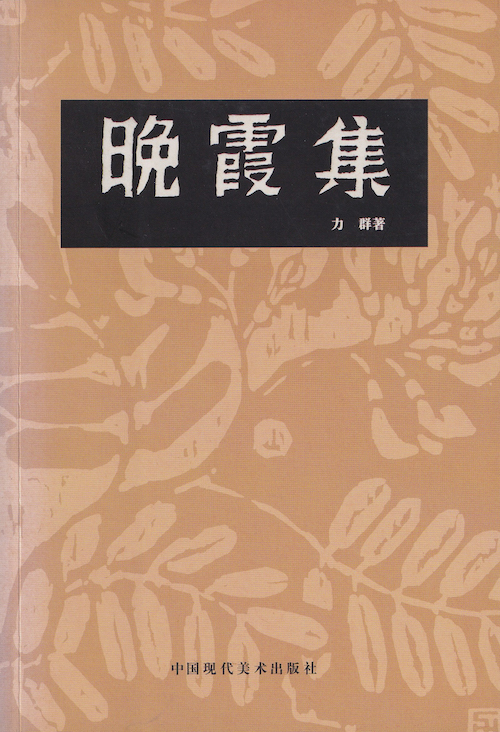
Li Qun, known primarily as a woodcuts artist showcases his literary talents alongside his passion for painting in an anthology spanning novels, essays, and critiques. The collection starts with “The Story of the Wild Girl,” a moving novel, followed by serene prose pieces like “My Paradise” and “Hua Orchid.” His
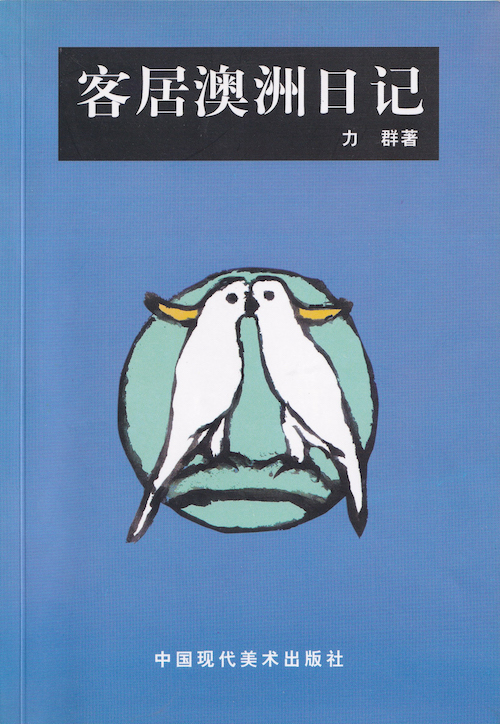
In December 1994, Li Qun embarked on a five-month journey to Australia, chronicling his experiences in “Diary of living in Australia.” Through daily entries, he contrasts the climate, environment, and cultural interests of Australia with the mainland. Sydney’s wildlife, especially the playful parrots, captivated him, as shared in his letter
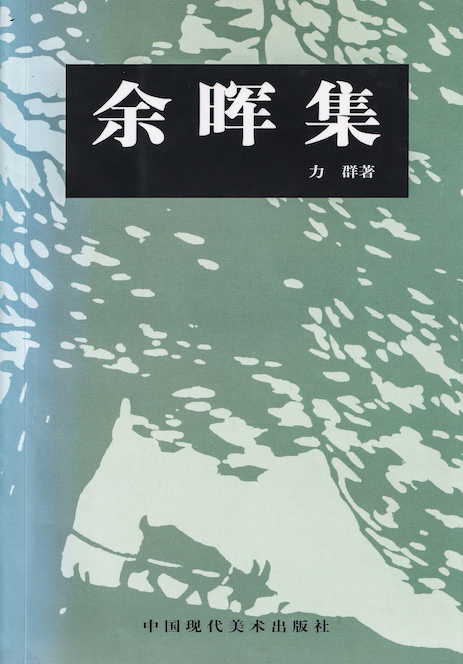
The “Afterglow Collection” signifies the culmination of Li Qun’s literary journey following the “Sunset Collection”. Within its 34 articles, each holds significance. Particularly noteworthy is “The Eternal Navigation Lighthouse,” detailing the “Yan’an Forum on Literature and Art” exploring its historical impact and contemporary interpretation. “My Creative Path” delves into personal
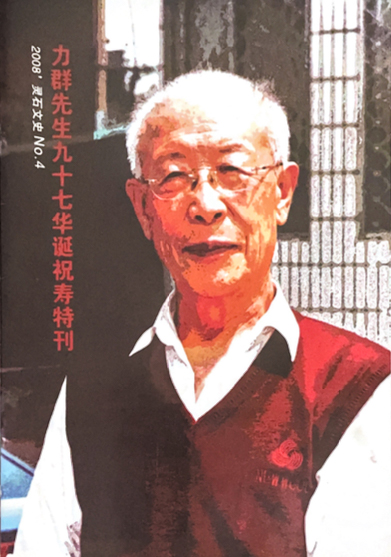
Congratulations – To Mr. Li Qun, a renowned Chinese printmaker, writer, literary critic, and local luminary. Respected Mr. Li Qun: Today marks your 97th birthday. First and foremost, please allow us, on behalf of the Ling Shi County Committee, Government, People’s Congress, Political Consultative Conference, and all 240,000 residents of
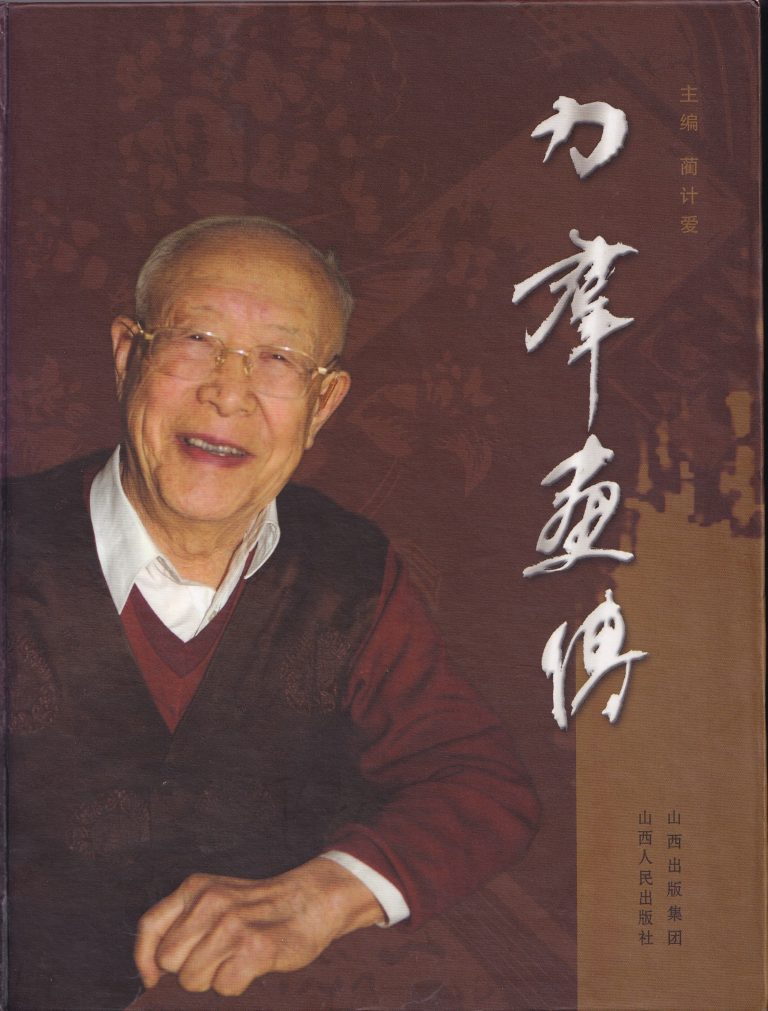
The forthcoming “Picture Biography of Li Qun” provides an in-depth look into the life and artistic journey of this revered figure. From his humble beginnings in Shanxi to becoming a pioneering force in China’s woodcuts and printmaking movement. Li Qun’s unwavering commitment to his craft endured personal and political challenges.
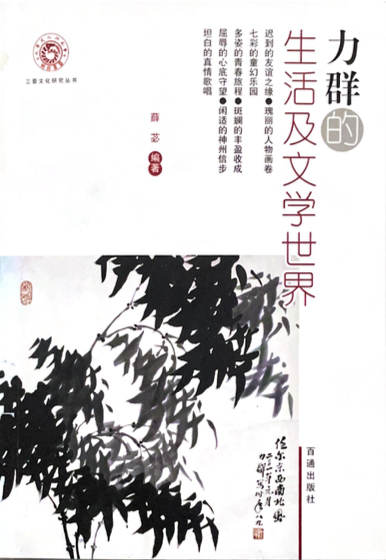
Li Qun, in my view, is a remarkable figure of his generation. Decades ago, I came across his woodblock prints in the “Jin Sui Daily,” and they truly captivated me. He had connections with the cultural giant of China, Mr. Lu Xun, as early as the 1930s. He was the
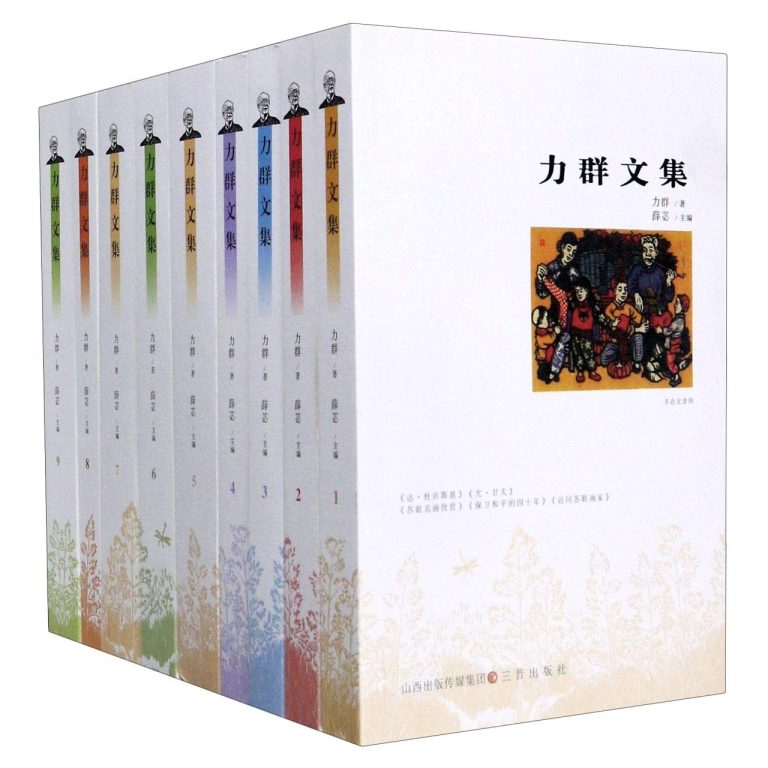
“The Complete Works of Li Qun” is a comprehensive nine-volume collection that showcases Mr. Li Qun’s dedication and creative accomplishments across various fields such as woodcut paintings, essays, novels, and literary critiques. Each volume stands as a complete entity, offering readers a glimpse into Mr. Li Qun’s artistic evolution from
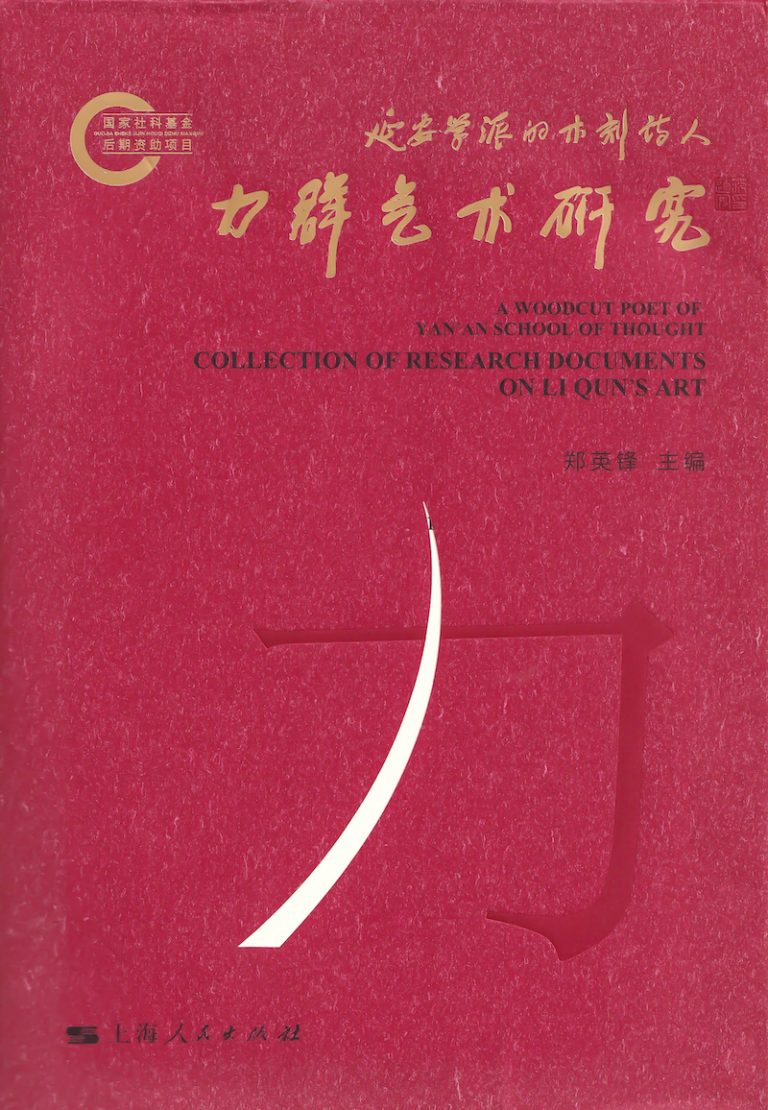
Li Qun is a prominent figure in the emerging woodcut printmaking movement in China and embodies the poetical spirit of the “Yan’an School.” He has had a significant influence on the development of modern printmaking in China. From a young age, he dedicated his art to the great cause of
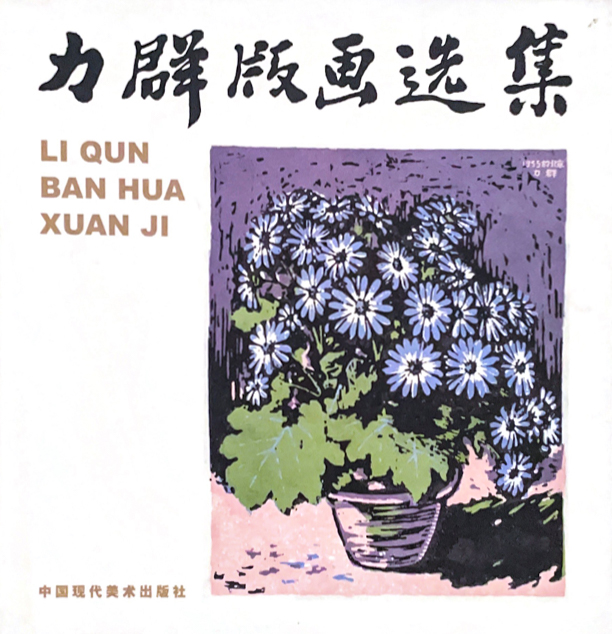
The text discusses an art exhibition held by Comrade Li Qun in Beijing’s Beihai Park, showcasing 26 pieces of his work, mostly new except for those from 1941. Despite facing challenges during various political movements over 39 years, Li Qun’s diligence shines through in his diverse and vibrant artworks. His
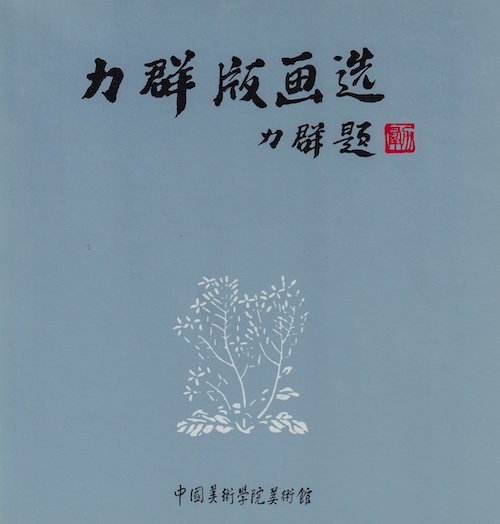
Li Qun, a native of Lingshi, Shanxi is a prominent figure in the realms of Chinese woodcuts and literary criticism. His artistic journey began at the National Hangzhou Art College (now the China Academy of Art) in 1931, a time when the influence of Lu Xun spurred a flourishing interest
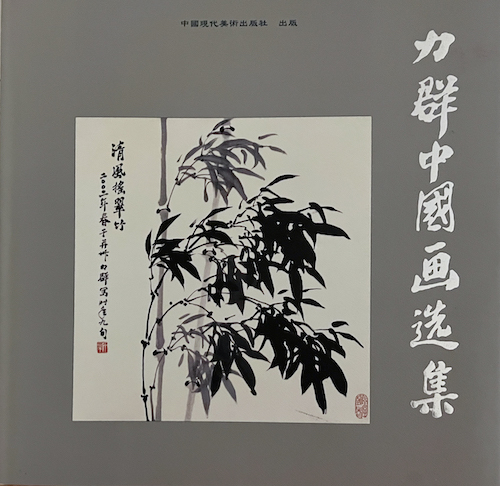
Li Qun, influenced by masters like Pan Tianshou and Li Kuchan, honed his Chinese painting skills at the National Hangzhou Art College. Combining this foundation with decades of printmaking experience, he crafts captivating works exhibited worldwide. His paintings, infused with spirit and form, resonate deeply, offering viewers a harmonious blend
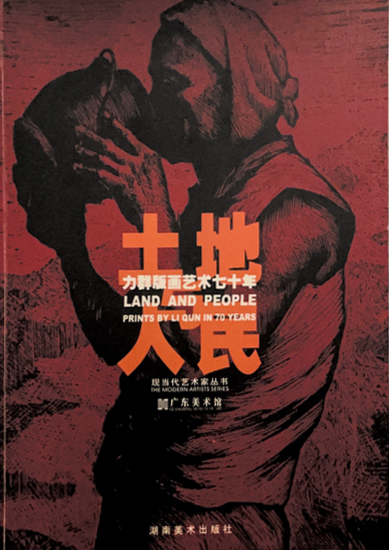
Li Qun emerges as a key figure, serving both as a witness and participant in the emerging art movement. Despite facing personal and societal challenges, Li Qun’s early works reflect influences from artists like Bouguereau and Mucha, as well as Soviet realism. Teaching at the Lu Xun Academy of Arts
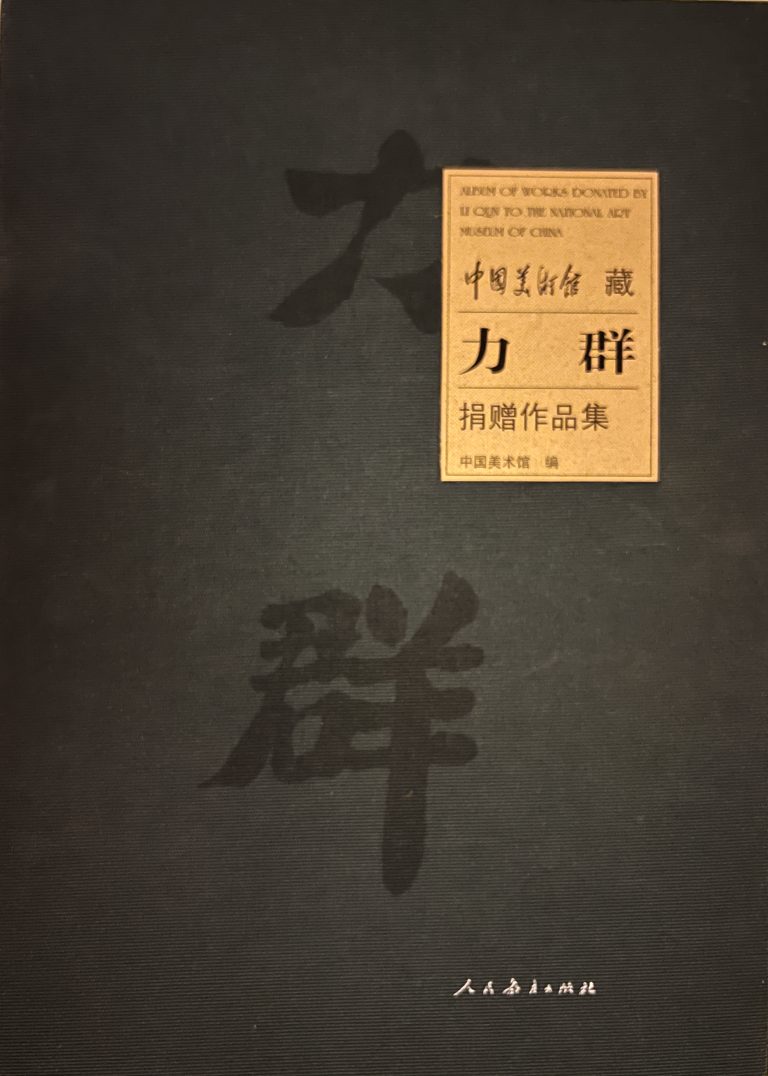
The “20th Century Special Incentive Scheme of National Art Collections and Donations” is a significant cultural initiative in China aimed at recognising artists’ contributions to 20th-century art. Started in 2004 under the Ministry of Culture’s leadership, it established the Shangguan Art Museum, praised by veteran artists who generously donated their
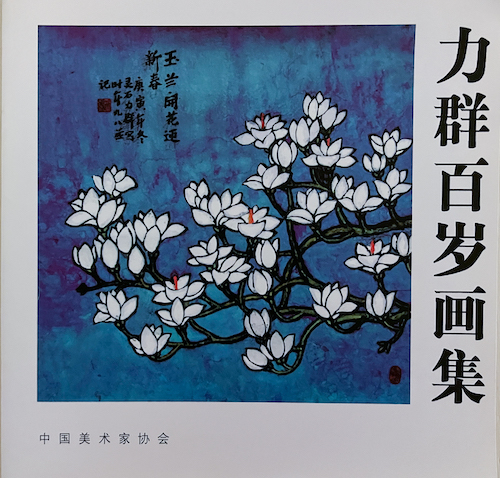
Titled “Li Qun’s 100-Year-Old Painting Collection,” this anthology celebrates the artist’s journey in Chinese painting, coinciding with his 99th birthday in December 2011. Tracing back to his education at the National Hangzhou Art College under revered mentors Pan Tianshou and Li Kutan, Li Qun initially pursued woodcarving. However, as age
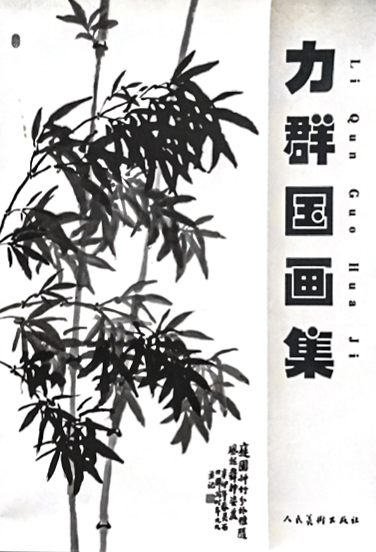
Mr. Li Qun, a respected figure in the Chinese art world, has been known nationwide for decades. Due to my love for art, I had the privilege of meeting him years ago. Despite the distance, our connection remained strong. In 2004, Mr. Li invited me to his solo exhibition, showcasing
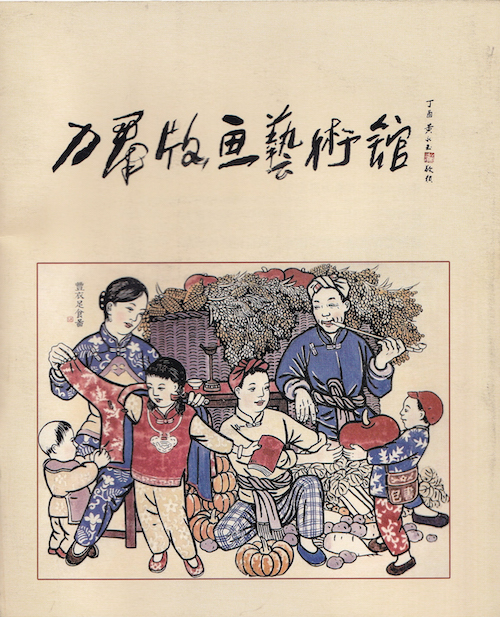
A collection of works donated to the Taiyuan Art Museum with the support of Li Qun’s family. The Li Qun Woodcuts Art Museum serves as a hub for collecting, preserving, and promoting his legacy. Located in Exhibition Hall 7 on the third floor of the Taiyuan Art Museum, the museum
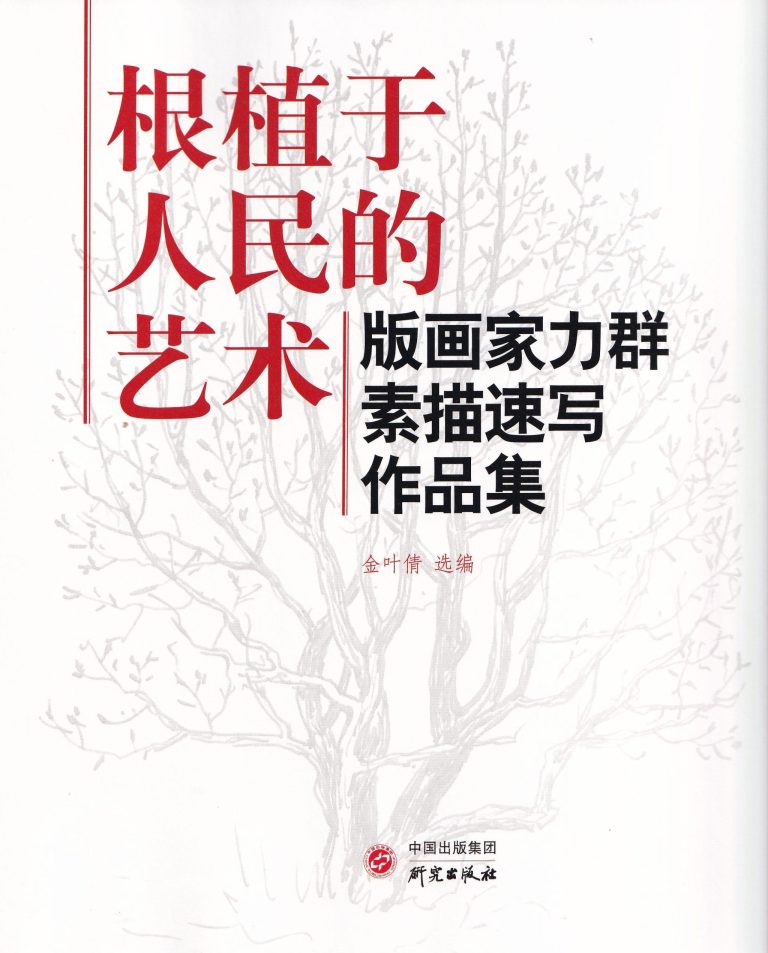
Mr. Li Qun, renowned for his woodcuts printmaking, left behind a collection of sketches that offer profound insights into his artistic journey. These sketches, discovered after his passing, span various subjects and scenes, reflecting the artist’s emotions and serving as source material. Despite their simplicity, they resonate deeply with viewers.
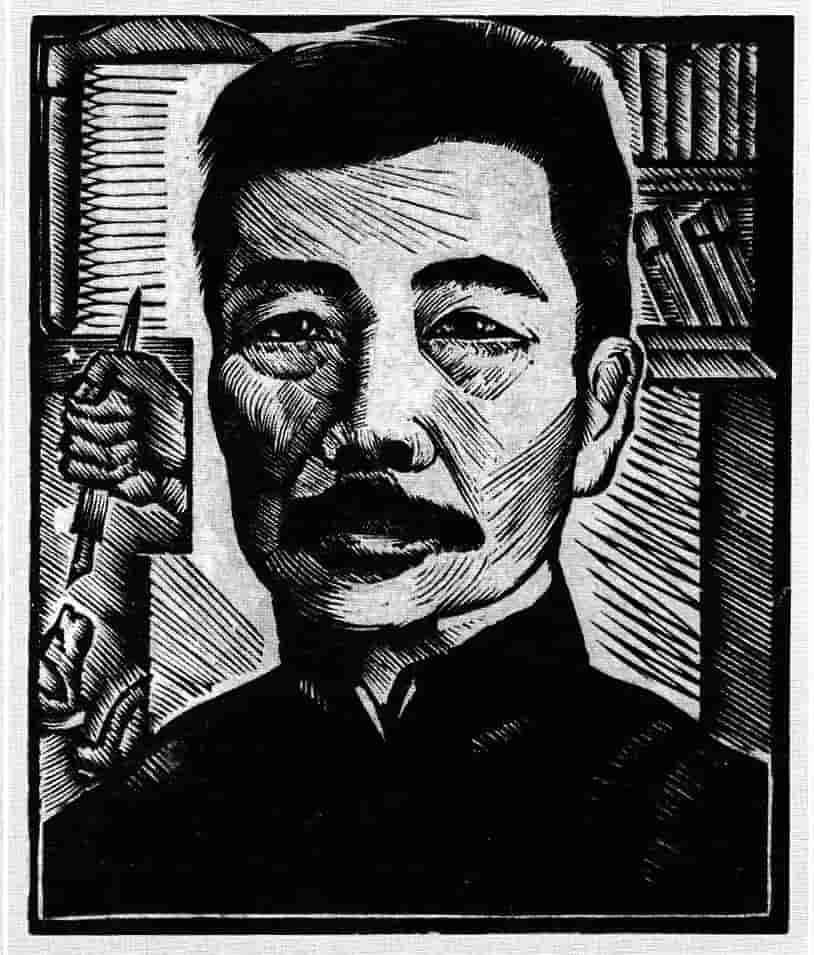
A comprehensive exploration of Li Qun Woodcuts spanning a remarkable 100-year chronicle that meticulously documents the life and career of this esteemed artist.
Gain insight into key events that shaped Li Qun’s trajectory, from his formative years in early 20th-century China to his influential presence in contemporary art. Discover the evolution of Li Qun’s craft as it intersects with major historical milestones, such as China’s Japanese invasion, Cultural Revolution and the modernisation era.
This chronicle provides a factual and detailed account of Li Qun’s journey, offering a unique lens into the socio-political landscape that has shaped both Li Qun and his iconic woodcut creations. Delve into the specifics of his chronicles to uncover the factual intricacies of a century-long artistic legacy.
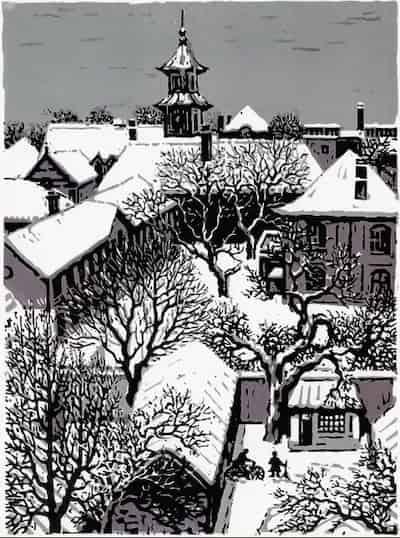
We offer a range of services from sourcing Li Qun’s art for purchase, but more importantly documenting artworks in public collections globally.
If you have Li Qun’s art work, we would like to keep a record of your collection. this is to help the future validations of Li Qun’s art work.
We are committed to facilitating a comprehensive understanding of Li Qun’s artistic legacy. While our services do not include artwork verification, we do have established contacts that may assist in this regard, subject to potential costs.
This website is managed by Li Qun’s family to preserve his legacy, and to connect with curators, historians, collectors, artists, fans and admires across the globe.
contact@liqunwoodcuts.org